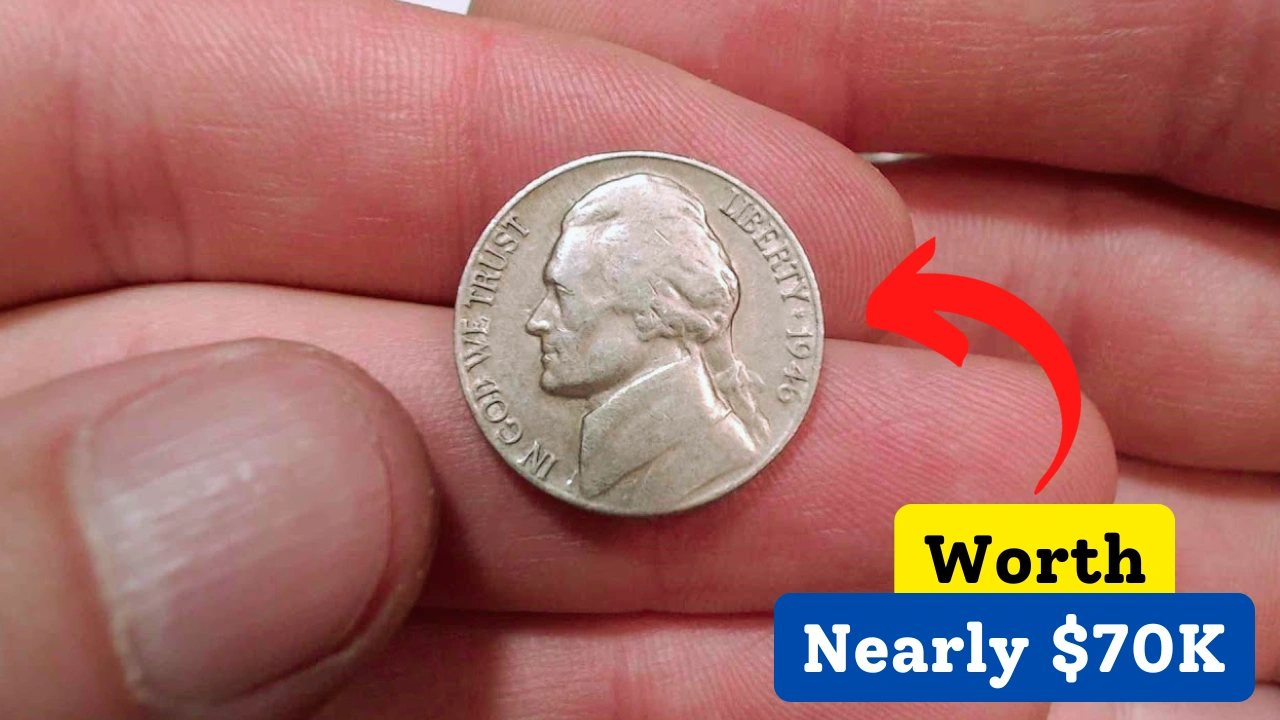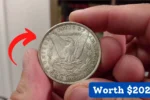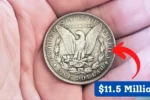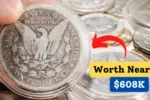The Rare Bicentennial Quarter Worth Nearly $70K: The Bicentennial Quarter, first released in 1976, has become one of the most sought-after coins in the United States. While the average quarter is worth just 25 cents, certain rare versions of this particular coin have fetched astonishing amounts one even reaching a reported value of $70,000.
What’s particularly fascinating is that this coin is still circulating, meaning it could be sitting unnoticed in your pocket or jar right now.
What Is the Bicentennial Quarter?
To mark the 200th anniversary of the United States’ independence, the U.S. Mint issued a special edition of the quarter in 1975 and 1976. This unique coin stands out from regular quarters with several key features:
- A Distinctive Design: The reverse side showcases a drummer boy, replacing the usual eagle emblem.
- Dual Dates: Instead of a single minting year, it bears the years “1776–1976” to highlight the country’s bicentennial.
- Metal Composition: While standard quarters are made of a copper-nickel alloy, some of these Bicentennial Quarters were produced with 40% silver, making them more valuable than the copper-nickel versions.
The U.S. Mint produced millions of these coins, and they were widely circulated, making them a common part of daily life during the mid-1970s. However, a select few versions have become highly coveted among collectors due to certain rare traits.
Why Is the Bicentennial Quarter Worth $70,000?
Not every Bicentennial Quarter is valuable, but some have become priceless due to factors like minting mistakes, unusual metal compositions, and their condition. Here’s why a particular quarter might be worth tens of thousands of dollars:
- Minting Mistakes: Some of these coins were struck with errors, such as double die marks, misprints, or even being off-center. These imperfections are often highly prized by collectors.
- Rare Metal Mix: While most Bicentennial Quarters are composed of 40% silver, a few were mistakenly minted with pure silver, making them far more valuable than their counterparts.
- Mint Condition: Coins that have been preserved in pristine, uncirculated condition without any wear or damage can be worth far more than coins that have been circulated extensively.
- Limited Production: A few Bicentennial Quarters were minted in smaller batches or at specific facilities, making them much rarer than others.
Coin experts, or numismatists, view these rare quarters as treasures, making them incredibly valuable. The $70,000 quarter has become a sought-after example of what some consider to be one of the most valuable U.S. coins in history. And what’s most intriguing is that experts believe it could still be circulating, waiting for someone to find it.
Could You Be Holding a Fortune?
The fact that this rare coin is still in circulation means that you or anyone else could unknowingly possess one. Here are a few ways to check if your Bicentennial Quarter could be the one worth thousands of dollars:
- Design Check: Ensure that the quarter features the drummer boy design and the “1776–1976” date range.
- Look for Errors: Examine the coin for any unusual markings, double strikes, or off-center prints, all of which could indicate a valuable mistake.
- Metal Composition: If the quarter has a noticeably silver appearance, it could be one of the rare pure silver versions, rather than the typical 40% silver mix.
- Consult a Professional: If you believe you have a rare quarter, having it verified by a numismatist or professional coin appraiser will give you the most accurate assessment.
Final Thoughts: The Rare Bicentennial Quarter Worth Nearly $70K
The story of a $70,000 Bicentennial Quarter still circulating is a thrilling reminder that valuable treasures can be hidden in plain sight. So, next time you come across a 1776–1976 quarter, take a closer look who knows, you might just be holding a small fortune!
Disclaimer: The values mentioned in this article are based on current market trends and collector demand. For an accurate assessment, always consult a professional appraiser before making any decisions.





